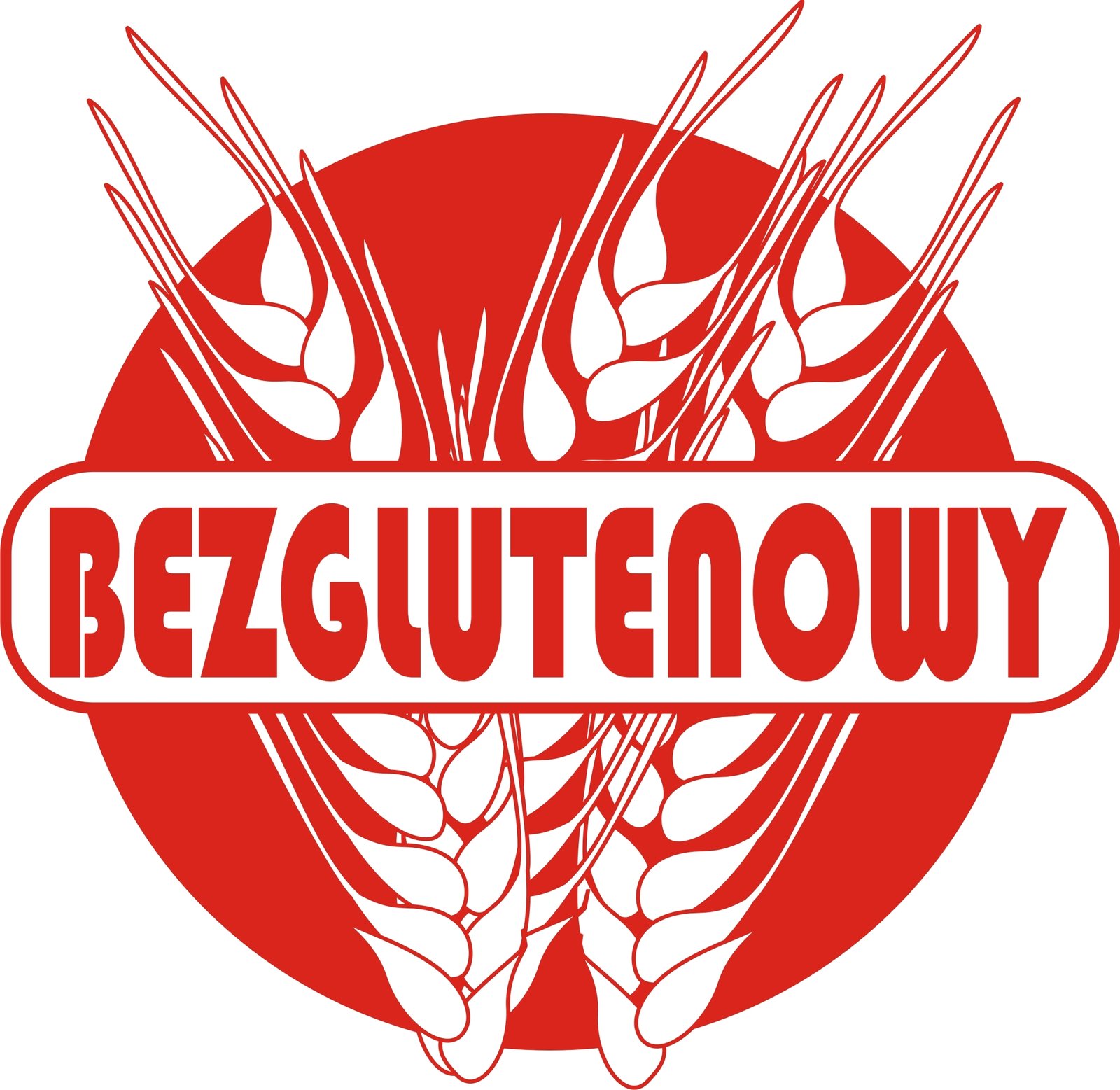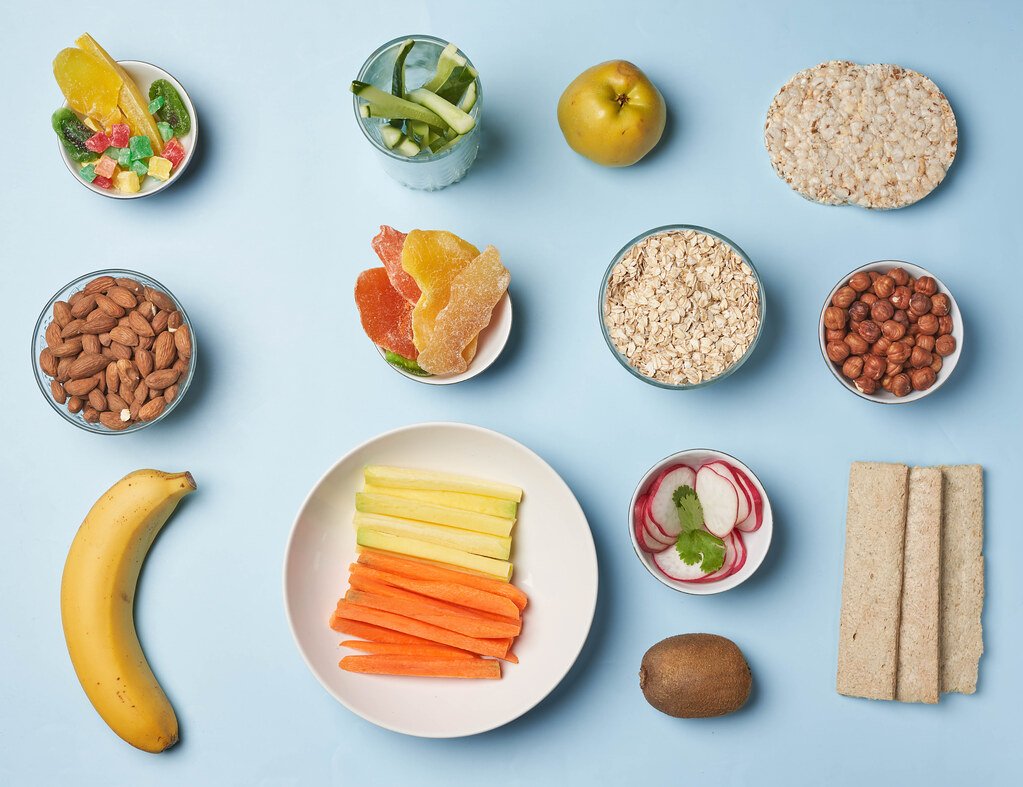In a world where wheat reigns supreme, gluten-sensitive individuals often find themselves wading through a culinary sea of hidden dangers. The mere mention of the word “gluten” can send shivers down their spines, with visions of digestive distress and discomfort dancing in their heads. But fear not, fellow gluten-avoiders! This article is here to save the day, guiding you through the perplexing world of gluten-free living. Whether you are a newly diagnosed celiac warrior or simply dabble in the gluten-free lifestyle, join us on this captivating journey as we navigate the twists and turns of maintaining a gluten-sensitive diet. Prepare to discover a treasure trove of tips, tantalizing recipes, and a dash of culinary courage, all designed to embolden and empower you on your quest for gluten-free goodness. So grab your utensils and fasten your aprons, for it’s time to set sail on the churning sea of gluten-free living!
Introduction to Gluten-Sensitive Diets: Understanding the Basics and Beyond
Gluten-Sensitive Diets: Understanding the Basics and Beyond
Embarking on a gluten-sensitive diet can be a transformative journey, enabling individuals to enhance their overall well-being and live a healthier life. Whether you have been recently diagnosed with celiac disease, gluten intolerance, or simply wish to explore a gluten-free lifestyle, this comprehensive guide will equip you with everything you need to know about gluten-sensitive diets.
First and foremost, understanding the basics of gluten sensitivity is essential. Gluten is a protein found in wheat, barley, rye, and their derivatives, which can trigger adverse reactions in individuals with gluten-related disorders. By eliminating gluten from your diet, you may experience alleviation from digestive discomfort, improved energy levels, and even relief from skin conditions often associated with gluten sensitivity. However, keep in mind that proper diagnosis from a healthcare professional is crucial before making any dietary changes.
But going gluten-free is not just about cutting out gluten-containing foods; it’s about discovering a whole new world of delicious, gluten-free alternatives. In the vast realm of gluten-sensitive diets, you will find a diverse range of naturally gluten-free options, including fruits, vegetables, lean proteins, and grains such as quinoa and rice. Additionally, there is an ever-growing market of gluten-free products, from bread and pasta to snacks and desserts, providing you with endless possibilities to create flavorful meals without compromising taste.
Furthermore, the gluten-free lifestyle extends beyond the kitchen. It’s crucial to learn how to navigate social situations, dining out, and even traveling while adhering to gluten-sensitive diets. With a bit of planning and awareness, you can confidently embrace this lifestyle without feeling limited or isolated. Armed with knowledge on cross-contamination, alternative cooking techniques, and easy meal-prep strategies, you can maintain a gluten-free diet successfully while still enjoying a fulfilling social life.

Hidden Sources of Gluten: Unveiling Unexpected Culprits in Your Diet
Uncovering the Sneaky Sources of Gluten: Exposing Unexpected Culprits in Your Daily Diet
Gluten, oh gluten, you elusive protein that lurks in many of the foods we love. While we diligently avoid the obvious sources like bread and pasta, there are hidden culprits that may catch us off guard. It’s time to embark on a gluten-unveiling journey, exploring the unexpected places where gluten lies waiting to surprise us.
1. Sauces and Dressings: Who would have thought that innocent-looking sauces and dressings could be the saboteurs of your gluten-free diet? Barbecue sauce, soy sauce, and even salad dressings can harbor traces of gluten, often derived from wheat-based thickeners or malt vinegar. Always double-check the ingredients list to ensure their gluten-free status and consider making homemade versions to be on the safe side.
2. Medications and Supplements: Gluten can cunningly sneak into places you’d least expect, such as your medicine cabinet. Some over-the-counter and prescription medications, as well as vitamin supplements, contain gluten as a binding agent. To avoid inadvertently consuming gluten, consult with your doctor or pharmacist and ask for gluten-free alternatives when necessary.
3. Unexpected Hiding Spots: Gluten may sneakily hide in various unsuspecting products, catching even the most vigilant gluten detectives by surprise. From soups and broths thickened with gluten-containing ingredients to processed meats coated in gluten-filled marinades, it’s essential to read the labels diligently. Keep an eye out for unconventional sources like soy sauce in sushi or the gluten lurking within the sausage links at your Sunday brunch.
4. Cross-Contamination Conundrum: While it’s essential to identify hidden sources of gluten, we must also be wary of cross-contamination. This devious culprit can find its way into your gluten-free sanctuary through shared cutting boards, toasters, and kitchen utensils. Take precautions by designating gluten-free cooking equipment and practicing thorough cleaning routines to safeguard against accidental contamination.
Unveiling the hidden sources of gluten requires a keen eye and a mindful approach to your diet. Remember, knowledge is power in successfully navigating the gluten-filled world we live in. Armed with this newfound awareness, you can confidently uncover these unexpected sources of gluten and continue enjoying a delicious, gluten-free life!

Gluten-Free Labeling: Decoding the Fine Print for a Safe Shopping Experience
Navigating through the vast array of gluten-free products can often feel like deciphering a complex code. With various symbols, terms, and certifications plastered on packaging, it’s no wonder shoppers can get overwhelmed. However, understanding the fine print is crucial for those with gluten sensitivities or celiac disease to ensure a safe shopping experience. Let’s delve into the world of gluten-free labeling and decode the hidden meanings behind the packaging.
The Certified Gluten-Free Logo:
One of the most essential things to look out for is the certified gluten-free logo. This seal indicates that the product has undergone rigorous testing and meets strict standards set by reputable organizations. Brands like the Gluten-Free Certification Program or the Celiac Support Association typically provide these certifications. When you spot this logo, you can be confident that the product is safe for consumption.
Ingredients to Watch Out For:
When scanning product labels, it’s crucial to keep an eye out for hidden sources of gluten. While obvious gluten-containing ingredients like wheat, barley, and rye must be prominently labeled, there are other sneaky culprits to be aware of. Some common ingredients to watch out for include modified food starch, maltodextrin, and hydrolyzed vegetable protein. If you’re unsure about certain terms, do some quick research or consult a gluten-free guide.
Cross-Contamination Risks:
Understanding the potential for cross-contamination is essential when choosing gluten-free products. Even if an item is labeled gluten-free, it’s important to consider whether it was manufactured in a dedicated gluten-free facility or if it shares equipment with gluten-containing products. Many products provide clear statements on their packaging regarding their manufacturing processes. Reading these details can give you peace of mind and help you make informed choices.

Creating a Well-Balanced Gluten-Free Meal Plan: Tips & Tricks for Nutritional Success
When it comes to following a gluten-free diet, it’s important to ensure that your meals are not only delicious but also nutritionally balanced. Building a meal plan that eliminates gluten can seem daunting at first, but with a little creativity and these helpful tips, you’ll be on your way to enjoying a well-rounded gluten-free diet.
1. Incorporate a variety of whole grains: Contrary to popular belief, a gluten-free diet doesn’t mean you have to say goodbye to grains altogether. There are numerous gluten-free alternatives available that are both nutritious and delicious. Experiment with quinoa, amaranth, brown rice, and millet to add diversity to your meals.
2. Load up on colorful veggies and fruits: Fill your plate with an array of vibrant vegetables and fruits to ensure you’re getting essential nutrients. These natural beauties not only add flavor and texture to your meals but also provide a rich source of vitamins, minerals, and antioxidants that support overall health.
3. Don’t forget about protein: Protein is a vital component of any healthy diet, and gluten-free eaters have plenty of options to choose from. Incorporate lean meats such as chicken, turkey, and fish, or embrace plant-based sources like beans, lentils, tofu, and quinoa to ensure you’re meeting your daily protein needs.
4. Plan ahead and be prepared: Meal planning and preparation can greatly contribute to your gluten-free success. Set aside some time each week to research and plan your meals in advance. This will help you avoid last-minute frustrations and temptations, ensuring that you always have gluten-free options readily available.
Creating a well-balanced gluten-free meal plan is all about embracing variety and being mindful of nutritional needs. By incorporating diverse grains, colorful fruits and vegetables, ample protein sources, and adopting a proactive planning approach, you’ll enjoy a delicious and nourishing gluten-free lifestyle.

Navigating Social Situations: Flourishing in a Gluten-Focused World
Living in a gluten-focused world can present its fair share of challenges for those of us with dietary restrictions. However, with a little bit of creativity and some handy tips, you can confidently navigate social situations while still enjoying delicious food. Here are some helpful strategies:
1. Plan Ahead:
To avoid feeling left out at gatherings, plan your meals and snacks in advance. Prepare wholesome gluten-free dishes that you can share with others, making it easier to find suitable options. Having a backup supply of gluten-free snacks also comes in handy when faced with unexpected temptations or limited choices.
2. Educate Your Inner Circle:
Take the time to educate your friends and family about the importance of your gluten-free lifestyle. Engage in open conversations, explaining your dietary needs and any cross-contamination risks involved. By raising awareness, you’ll foster understanding and receive the support you need to thrive socially without feeling isolated.
3. Master the Art of Communication:
When dining out, don’t hesitate to ask questions about menu items. Politely inform waitstaff about your gluten-free requirements and discuss safe meal options. Additionally, remember that clear communication also extends to those hosting events. Be proactive in informing them about your dietary restrictions so they can accommodate your needs without any difficulties.
4. Seek Gluten-Free Communities:
Find solace in online communities or support groups where you can connect with others who face similar challenges. Share tips, recipes, and stories, ensuring you always have a sense of belonging. These communities also serve as a reliable source of information, helping you stay updated with the latest gluten-free products and establishments.
In Summary
In conclusion, embarking on a gluten-free journey is not merely about dietary choices but an opportunity to forge an unwavering bond with one’s own body. Navigating a gluten-sensitive diet is like embarking on an exhilarating expedition, brimming with discovery and self-awareness. While it may seem daunting at first, this lifestyle fosters a profound connection between mind, body, and spirit, empowering individuals to take charge of their well-being with grace and resilience.
As we bid farewell to the bewildering world of gluten, we embrace a vibrant, gluten-free tapestry painted with creativity and innovation. From exploring new recipes to discovering alternative ingredients, this path opens the doors to a plethora of flavorful possibilities. It invites us to be fearless in the kitchen, artistically blending ingredients into symphonies of taste and filling our plates with delightful gastronomic creations.
Yet, beyond the realm of the culinary aspect, gluten-free living reshapes our perspective, unveiling a newfound appreciation for the beauty and simplicity of life. It teaches us to listen to our bodies, to nourish them with kindness and understanding. In doing so, we unlock a boundless reserve of energy, clarity, and vitality, igniting a radiant glow that resonates throughout every facet of our existence.
So, whether you embark on this journey out of necessity, curiosity, or the sheer desire for a healthier lifestyle, embrace the gluten-free path with an open heart and a curious mind. Let it lead you on a transcendent adventure, where taste and consciousness merge, and where you bask in the joy of thriving in perfect harmony with your one and only temple – your body.
Remember, gluten-free living is not a limitation, but an invitation to embrace newfound vitality, savor tantalizing flavors, and rediscover the profound connection between our bodies and the universe. Step into this gluten-free world with confidence, knowing that you have not only chosen a nutritious way of nourishing yourself but have also embarked on a remarkable odyssey of self-discovery. Cheers to a life filled with abundant health, exceptional flavors, and the incredible power that lies within you. May your gluten-free journey be one of enlightenment, culinary delight, and limitless possibilities!




